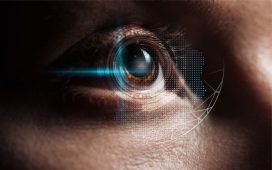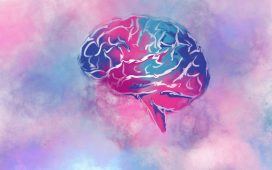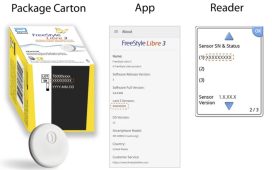Reductions in bilateral frontal, parietal, and temporal lobe gray matter volumes in ADHD
TUESDAY, April 3, 2018 (HealthDay News) — Anomalous brain development is evident among medication-naive preschoolers with attention-deficit/hyperactivity disorder (ADHD), according to a study published in the April issue of the Journal of the International Neuropsychological Society.
Lisa A. Jacobson, Ph.D., from the Kennedy Krieger Institute in Baltimore, and colleagues analyzed higher resolution anatomical images and cognitive and behavioral measures among 90 medication-naive preschoolers aged 4 to 5 years (52 with ADHD and 38 controls).
The researchers found that, compared to typically developing children, children with ADHD had reductions in bilateral frontal, parietal, and temporal lobe gray matter volumes, with the largest effect sizes noted for right frontal and left temporal lobe volumes. The largest between-group effect sizes were seen for left orbitofrontal cortex, left primary motor cortex (M1), and left supplementary motor complex (SMC). There were significant correlations noted for ADHD-related reductions in specific sub-regions (left prefrontal, left premotor, left frontal eye field, left M1, and right SMC) with symptom severity; higher hyperactive/impulsive symptoms ratings correlated with reduced cortical volumes.
“Findings set the stage for developing our understanding of the way in which developmental trajectories of anomalous brain development are associated with the unfolding of symptoms in childhood ADHD,” the authors write.
Copyright © 2018 HealthDay. All rights reserved.








